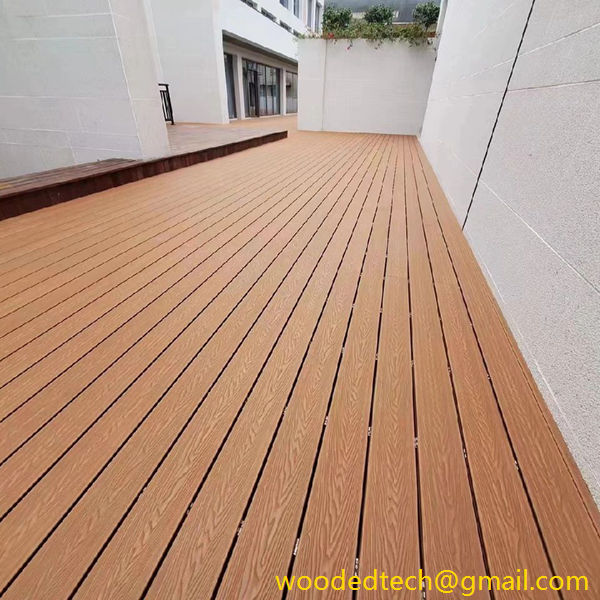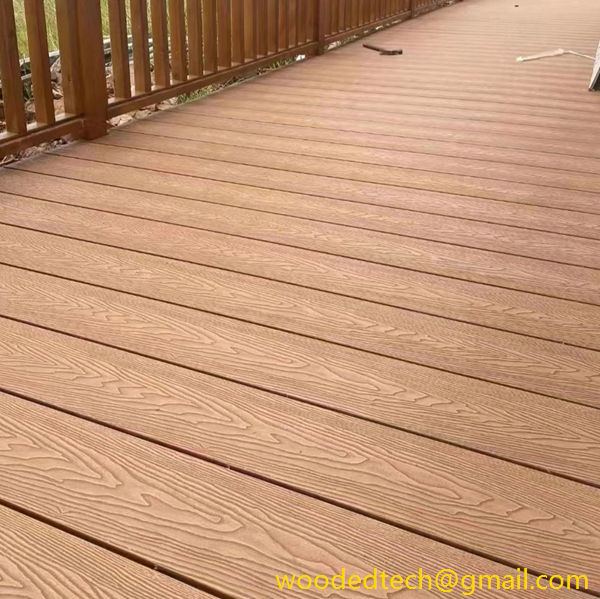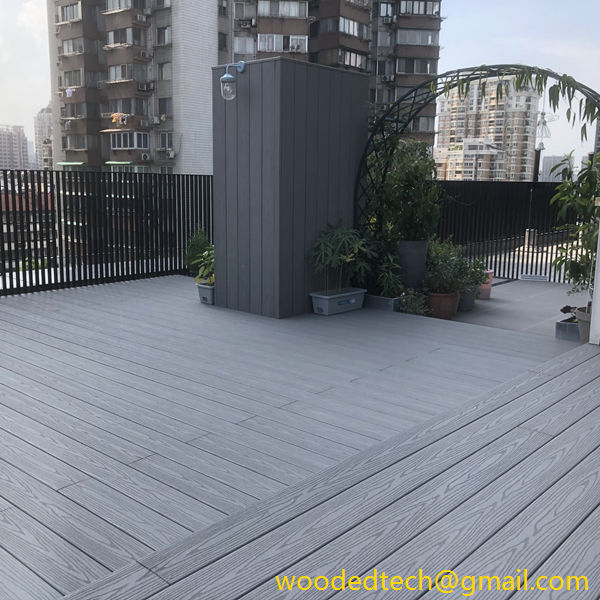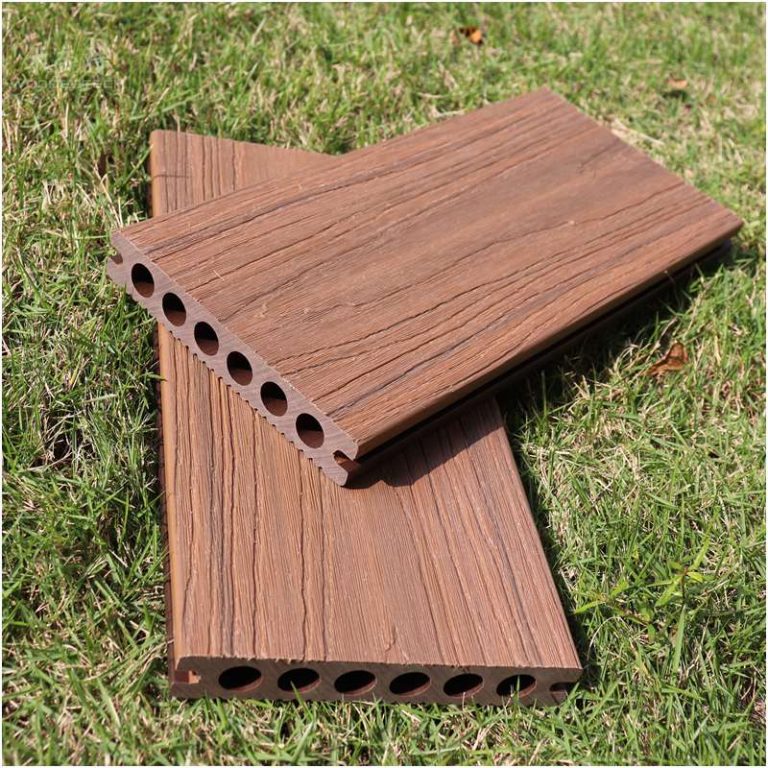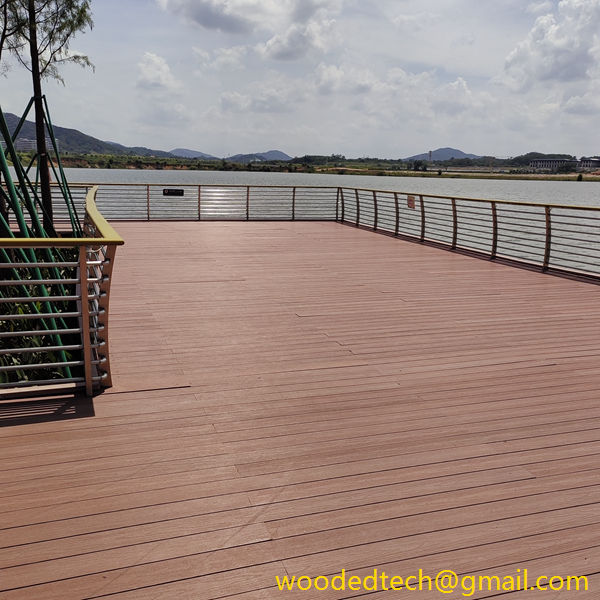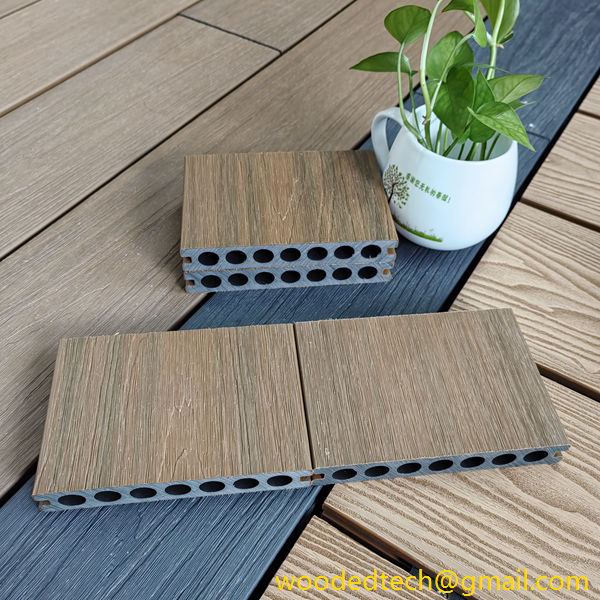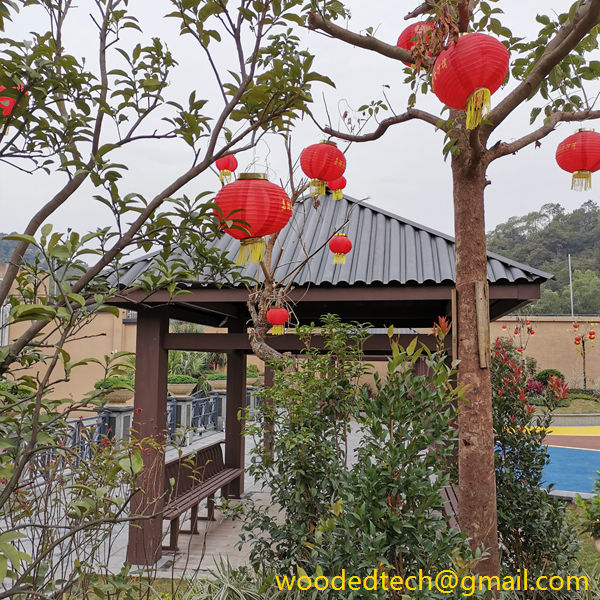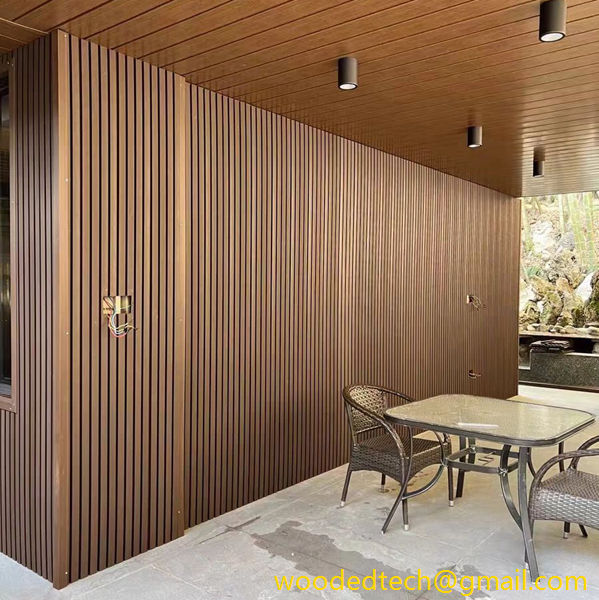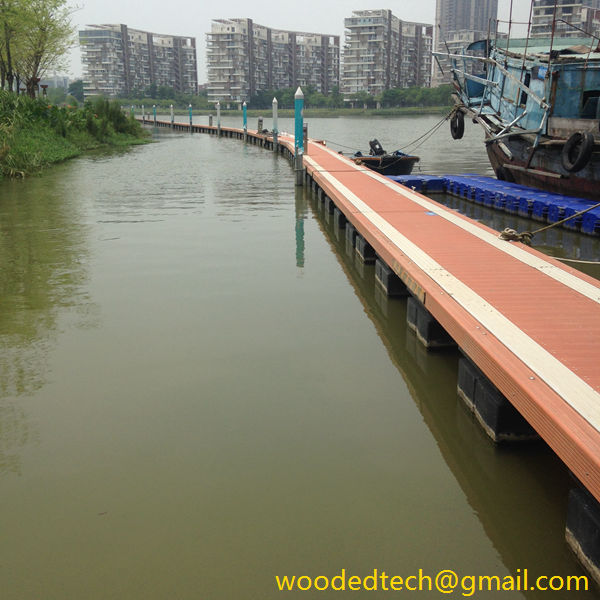Exploring WPC Flooring HSN Code for Import and Export Regulations
Wood Plastic Composite (WPC) flooring has emerged as a favored choice in the construction and interior design sectors, primarily due to its excellent material properties. As the global market for WPC flooring continues to grow, understanding the regulations surrounding its import and export, particularly the Harmonized System Nomenclature (HSN) codes, becomes increasingly significant for manufacturers,…
Wood Plastic Composite (WPC) flooring has emerged as a favored choice in the construction and interior design sectors, primarily due to its excellent material properties. As the global market for WPC flooring continues to grow, understanding the regulations surrounding its import and export, particularly the Harmonized System Nomenclature (HSN) codes, becomes increasingly significant for manufacturers, distributors, and retailers alike. This article explores the exceptional material characteristics of WPC flooring while also delving into the importance of HSN codes in facilitating international trade.
WPC flooring is a composite material made from a blend of wood fibers and thermoplastics, resulting in a product that boasts numerous advantages over traditional flooring options. One of the most notable properties of WPC flooring is its durability. The combination of wood and plastic not only enhances its resistance to wear and tear but also makes it impervious to moisture, which is crucial in environments prone to humidity, such as bathrooms and kitchens. This inherent moisture resistance prevents warping and swelling, ensuring that the flooring maintains its appearance and structural integrity over time.
Another significant advantage of WPC flooring is its ease of maintenance. Unlike traditional wood flooring, which often requires regular refinishing and special cleaning products, WPC flooring can be easily cleaned with standard household cleaners. This low-maintenance characteristic appeals to homeowners and property managers looking for flooring solutions that require minimal upkeep while still providing aesthetic appeal. Additionally, WPC flooring is available in a variety of colors and finishes, allowing it to mimic the appearance of natural wood without the associated drawbacks.
The thermal insulation properties of WPC flooring are also noteworthy. The composite structure of WPC helps to retain heat, making it a comfortable choice for foot traffic in colder climates. This thermal efficiency contributes to energy savings, as homes and buildings may require less heating during the winter months. Moreover, WPC flooring is often designed with a sound-absorbing layer, reducing noise transmission between floors and creating a quieter indoor environment.
In terms of sustainability, WPC flooring stands out as an eco-friendly option. Many manufacturers utilize recycled materials, such as reclaimed wood and post-consumer plastics, in their production processes. This not only reduces waste but also minimizes the demand for new raw materials, thereby lessening the environmental impact associated with flooring production. Additionally, WPC flooring does not require the use of harmful adhesives or finishes, making it a safer choice for indoor air quality.
Despite its advantages, the successful import and export of WPC flooring depend significantly on understanding and adhering to relevant regulations, including those outlined by HSN codes. The HSN system is an internationally standardized method of classifying traded products, which facilitates international trade by providing a common language for customs authorities worldwide. By accurately classifying WPC flooring under the appropriate HSN code, importers and exporters can ensure compliance with customs regulations, avoid delays, and potentially reduce tariffs.
The HSN code for WPC flooring can vary depending on its specific composition and characteristics. Understanding the nuances of these codes is essential for businesses engaged in international trade, as misclassification can lead to significant penalties or confiscation of goods. Therefore, manufacturers and traders must stay informed about the latest updates to HSN codes and related regulations to navigate the complexities of global commerce effectively.
In conclusion, WPC flooring is a remarkable material that combines durability, low maintenance, thermal efficiency, and sustainability, making it an attractive option for a wide range of applications. As the market for WPC flooring continues to expand, understanding the associated import and export regulations, particularly HSN codes, is crucial for businesses looking to thrive in the competitive landscape. By ensuring compliance with these regulations, companies can facilitate smoother transactions and contribute to the growth of the WPC flooring industry on a global scale.

